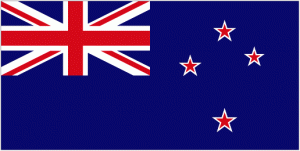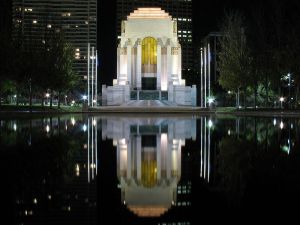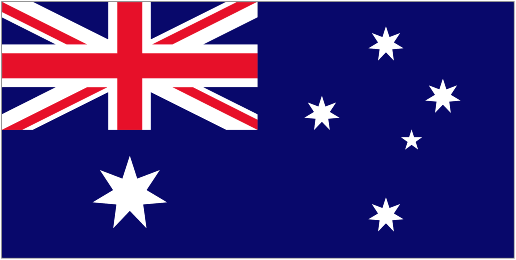April 25


Last month the nation of Turkey remembered Victory of Canakkale, the World War I campaign that unified the Turkish spirt and brought together disparate elements that would form the Turkish nation.
But for every victor there’s the vanquished.
The Allies of World War I, including the French, British, Indian, Australian and New Zealanders, suffered a quarter million casualties in the Dardanelles (Canakkale) campaign. At the forefront of the battle, the soldiers of Australia and New Zealand took a disproportional brunt of the death and disease that characterized the fight.
ANZAC stands for Australia and New Zealand Army Corps. ANZAC Day falls on the anniversary of the landing of the first Australian and New Zealand troops on April 25, 1915 on the Gallipoli Peninsula on Turkey’s Aegean coast. The assault was ill-planned and inadequately supplied.
The Turks entrenched themselves on the high ground pouring artillery and machine gun fire down upon the hapless Australian, New Zealand, Irish, French and British troops below.The battleground soon resembled that of the Western Front – both sides peering at each other from fortified trenches, forced to spill their precious blood in futile frontal attacks on well defended positions. — eyewitnesstohistory.com/gallipoli.htm
In the aftermath of Gallipoli a rift widened between the two southern hemisphere countries and the British Empire they had been proud to be a part of. Resentment grew against Allied commanders for the ill-conceived attack that led Australians and New Zealanders like lambs to the slaughter, and for the motives involved in using Australian and New Zealand troops to invade the far-off lands.
About 40 per cent of all Australian males aged between 18 and 45 voluntarily enlisted to serve in the Australian Imperial Forces (AIF), that is about 417,000 men, of whom about 60 000 died in all campaigns and another 160,000 were wounded or maimed. — Geoffrey Partington, Gallipoli – the Facts Behind the Myths
[Still, Partington clarifies, “the British, French and Indian causalities were far greater than those of the Anzacs,” and “the British bore the brunt of the fighting – and the losses.”]
ANZAC Day is one of the most important holidays in both Australia and New Zealand, observed as Memorial Day and Veterans’ Day.
“On Anzac Day, we remember not only the original Anzacs who died on April 25, 1915, but every one of our service men and women who have served and died in all wars, conflicts, peacekeeping, disaster relief and humanitarian assistance missions,” — Australia Air Chief Marshal Angus Houston
For the record, Victory of Canakkale is no celebration in Turkey. It’s also known as “Martyrs’ Day”. The Turks suffered even more casualties than the Allies, around 300,000, in the brutal Dardanelles campaign alone. Today, the monuments and memorials of Gallipoli serve as a grim reminder that in war even the winners pay the price.



very nice article
Oh, I’m famous now – having a photo I took used online. :-) I stumbled onto this page quite accidentally whilst Google’ing myself.
Matt, it’s one of the most beautiful photos I’ve seen of the Memorial. Thanks for releasing it. I encountered it on wikipedia page for the Memorial. Keep on shooting!
Shalom Nestor. This is such a good explanation.
On this day I can’t read this and the Australian blogs without crying.
The photo is indeed wonderful.
I am going out now to the Commonwealth Cemetery on Mt. Scopus to pay respects to the ANZAC troops buried there.
Thanks for the beautiful and moving photos on your blog Dina! I didn’t ANZAC Day was observed in Israel. It’s overshadowed in history by the Dardanelles campaign, but the Palestine campaign was an unforgettable part of World War I.